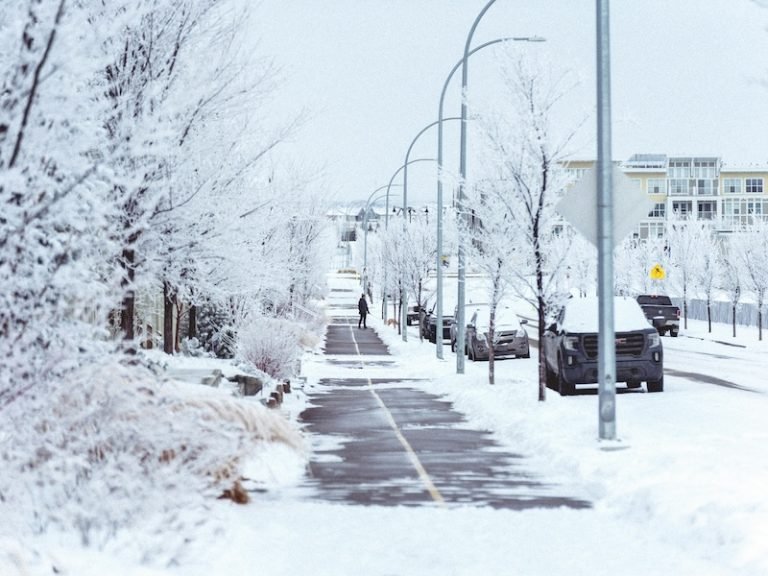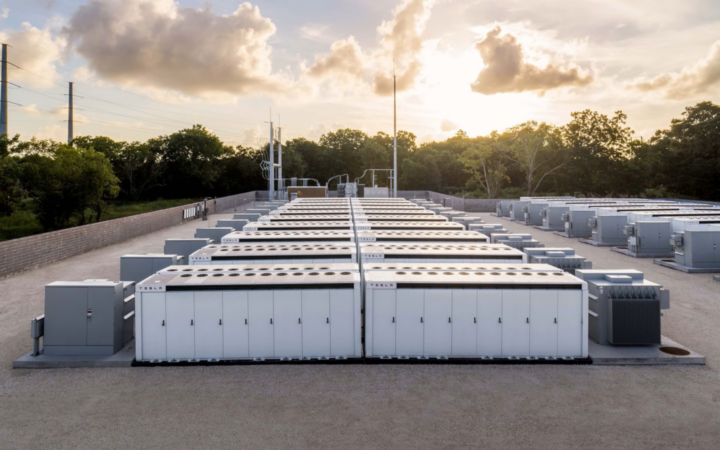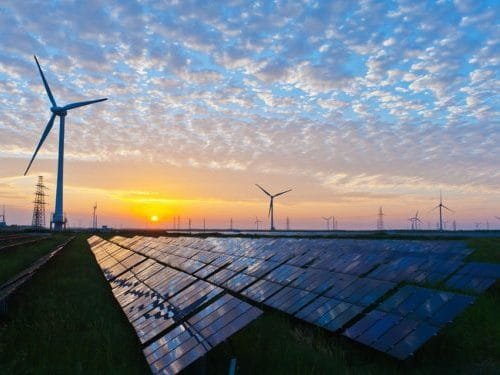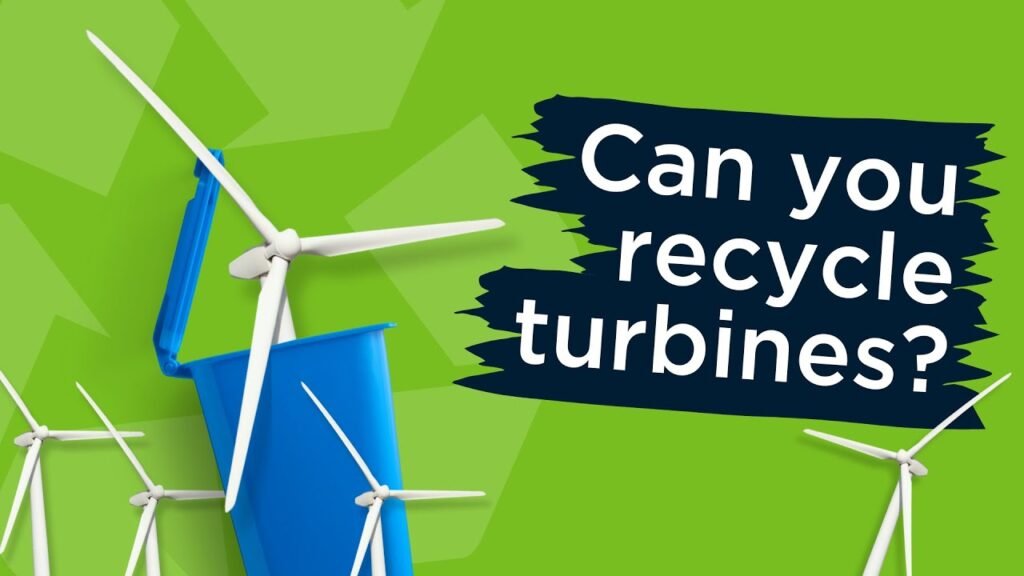by Nico, We Can Fix Climate Change
Alberta, Canada was recently subjected to a winter cold spell on a windless night that triggered an energy crisis:

Alberta relies on a combination of gas-fired power plants, wind turbines, and solar panels to provide its electricity. Gas plants, and the gas lines that supply them, don’t work in extreme cold.
Electricity demand soared as everyone turned on their lights to see and heaters to stay warm. No wind and no sun meant renewable sources couldn’t pick up the slack. By sending out an alert asking people to limit electricity use as much as possible, and borrowing some electricity from neighboring British Columbia1, Alberta was able to avoid disaster long enough for sunrise to come to the rescue, reducing demand and giving renewables some wind and light to make electricity with.
That renewables brought the grid out of the danger zone was swiftly ignored by Calgary MP Michelle Rempel Garner, who stated, “if the electric system is already buckling under pressure, it won’t likely be able to handle ‘further extreme demand created by Liberal regulations’”.
It is worth noting that Canada’s Clean Electricity Regulation specifically includes provisions allowing otherwise closed fossil fuel power plants to operate during emergencies such as this one. The problem? When electrical emergencies happen in chilly Alberta, they tend to be the result of cold spells, like this one. As mentioned earlier, fossil fuel power plants are of little help during extreme cold spells.
If one wants a truly reliable electricity grid — one that can keep everyone warm when extreme cold threatens to drag electrical generation capacity below demand — the solution is not to move mountains to extract more natural gas, or to force grid operators to have to plead citizens to reduce electricity usage as much as possible. For a real solution we look no further than…
Hawaii recently shut down the state’s last coal power plant. It was being used keep baseline energy generation above the disaster line when demand peaks and supply drops.
The battery system can discharge 185 megawatts, a bit more than the 180 megawatts that the coal power plant provided. The battery capacity is 616 megawatts, allowing it to run at full capacity for about 3 hours and 20 minutes. During the Alberta cold spell, it would have needed to discharge about 110 megawatts, which it could have done for about 5 hours 30 minutes, long enough to safely avoid a crisis.
Of the three main renewable energy sources, only hydro has consistent power generation over a whole day. Both wind turbines and solar panels are subject to the day/night cycle. A battery like the one Hawaii installed is currently the easiest climate-friendly way to smooth out the cycle: absorb extra energy from the grid during the day, so it can be used at night.
Additionally, these battery systems are sometimes more reliable than coal and gas power plants during extreme weather events.
Hawaii is a very warm place, but a smaller version of the same battery system was used to replace a frequently cold-challenged gas-fired power plant in Soldotna Alaska, which is much colder than most of Alberta.
Conclusion
During extreme weather events and spikes in electricity demand, fossil fuel power plants are not a silver bullet to which a renewable energy based grid has no answer.
- British Columbia relies almost entirely on Hydroelectric generation for its electricity, and usually has plenty to spare. ↩︎
Only a few days after this piece was originally published, a massive new solar facility was announced in Alberta’s neighboring province of Saskatchewan.






